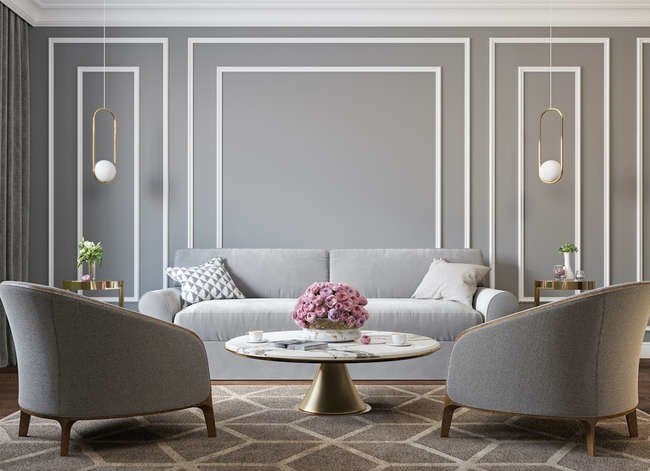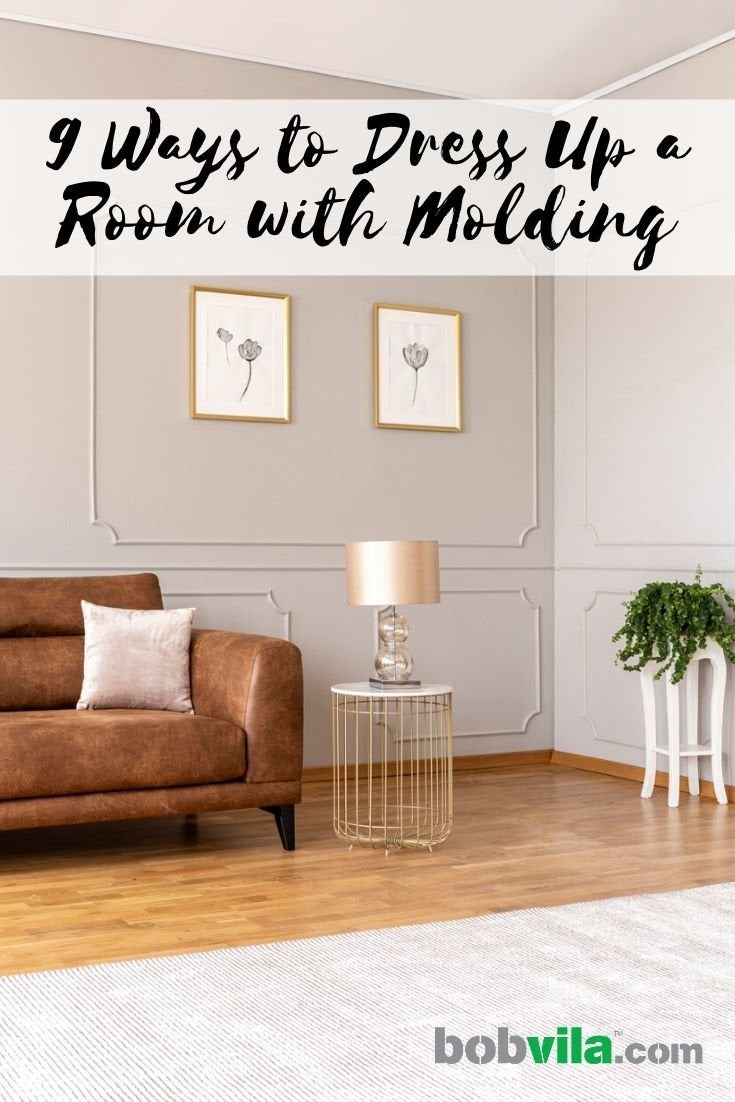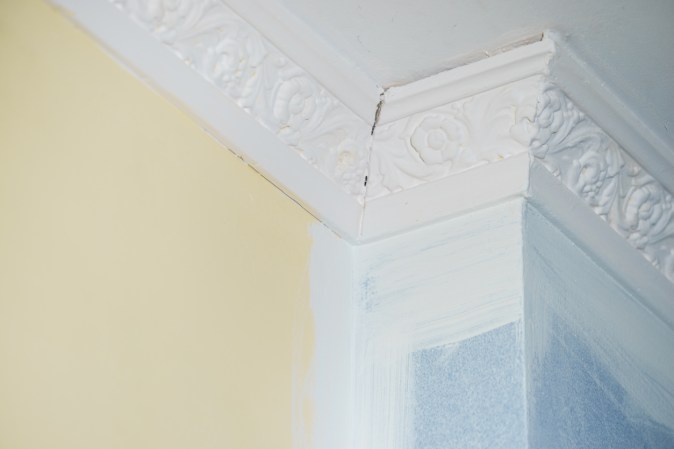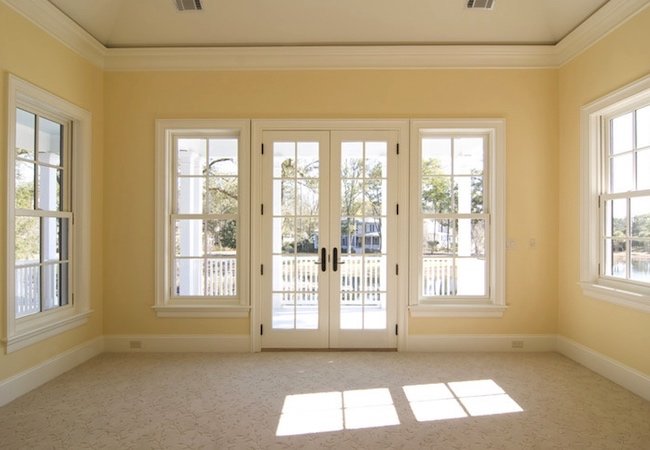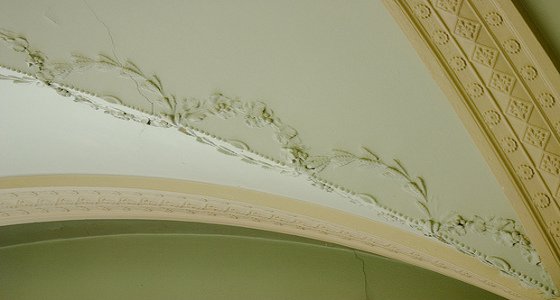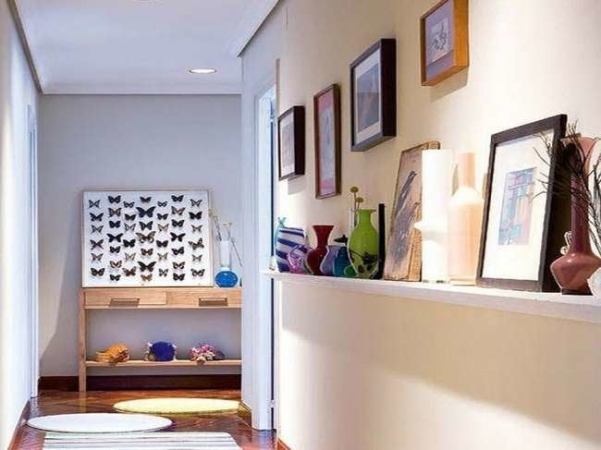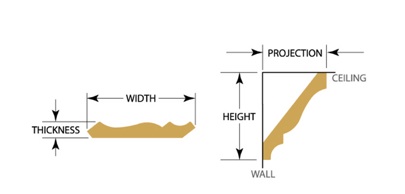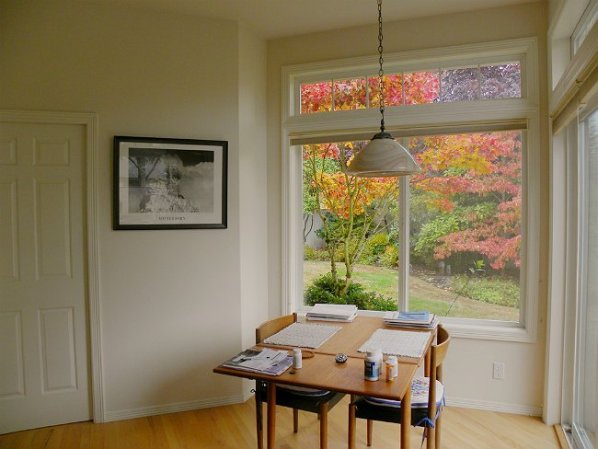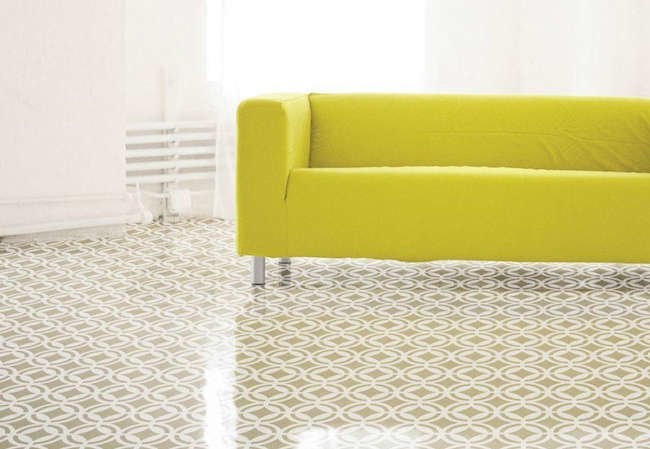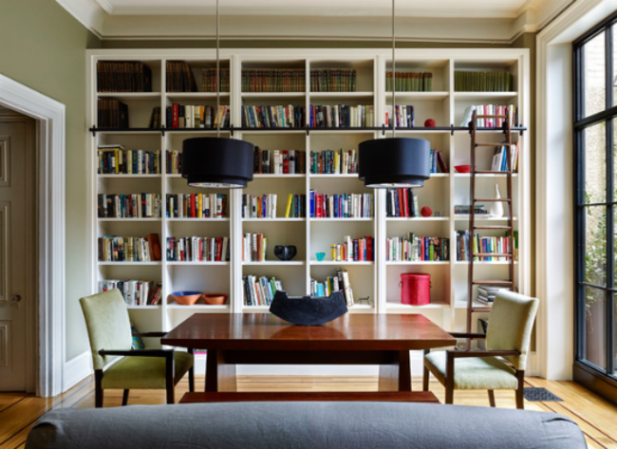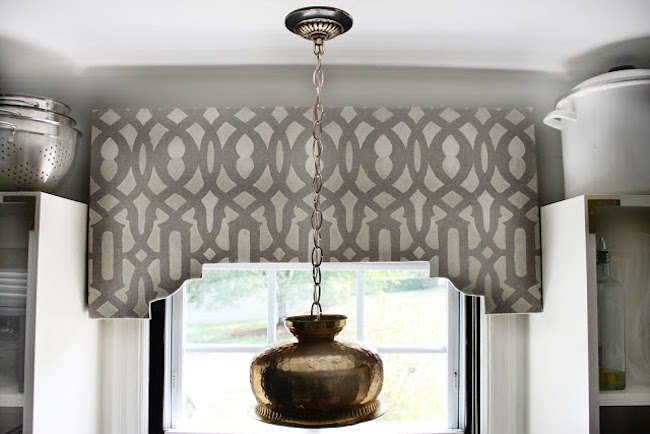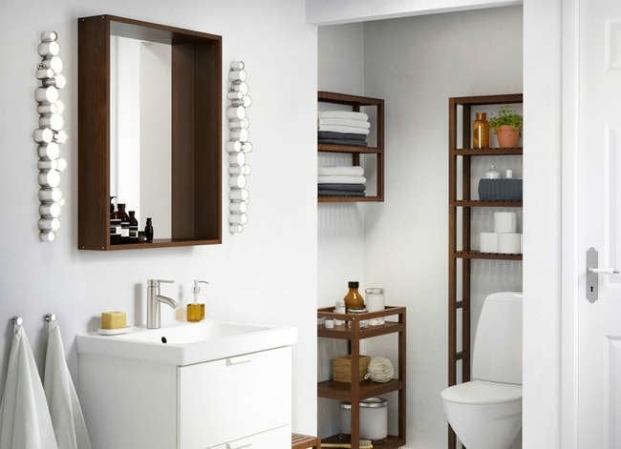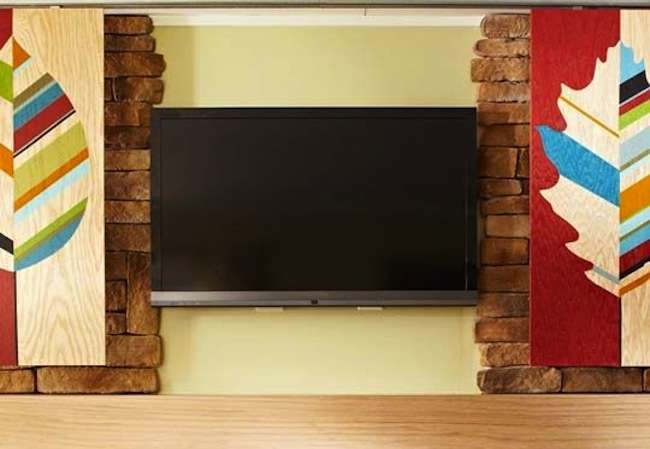We may earn revenue from the products available on this page and participate in affiliate programs. Learn More ›
The Details Make the Difference
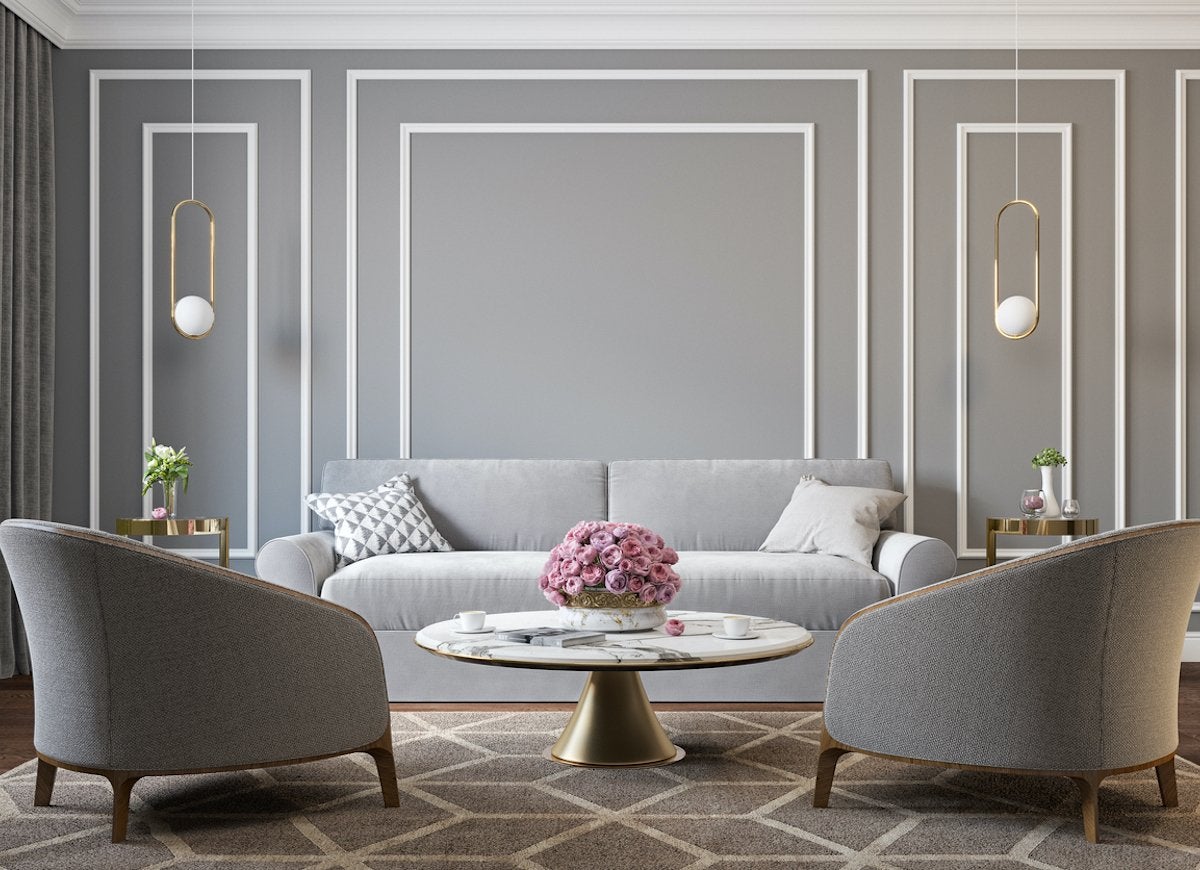
Molding and trim can turn a plain square room into a true showpiece. When you’re considering how best to add trim to any room, don’t just think ceilings and floors. Trim works well along the middle of a wall, three-quarters down from the ceiling, around windows and doors, or along the edges of architectural features such as built-in bookcases or recessed panels in walls or ceilings.
When it comes to trim styles, you are really limited only by your imagination: You can go with chunky, wide, or layered trim for a bold look, or opt for delicate, narrow trim to keep things elegant. Plus, you can buy molding in a variety of materials, from paintable, stainable woods to lightweight, plastic molding that doesn’t need finishing. Keep scrolling for inspiring ideas to use trim and molding in your interior.
Related: Know Your Moldings: 10 Popular Trim Styles to Spiff Up Any Space
Sweet and Simple
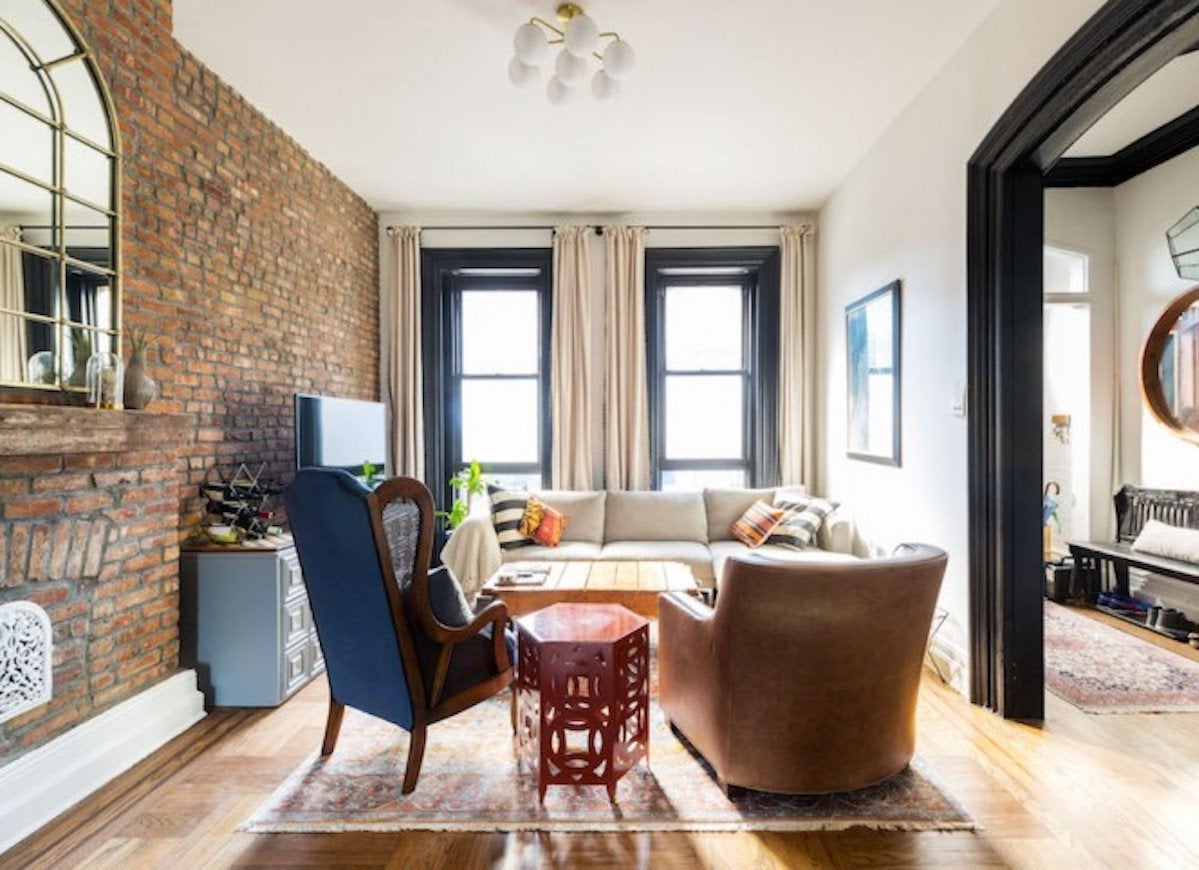
Sometimes simplest really is best. If you have a room that already has a striking detail, like exposed brick, you won’t want your trim to compete with it. Opt instead for plain molding to quietly frame other parts of the room, like the arched doorway and windows, while letting its star feature shine.
Trim Trio
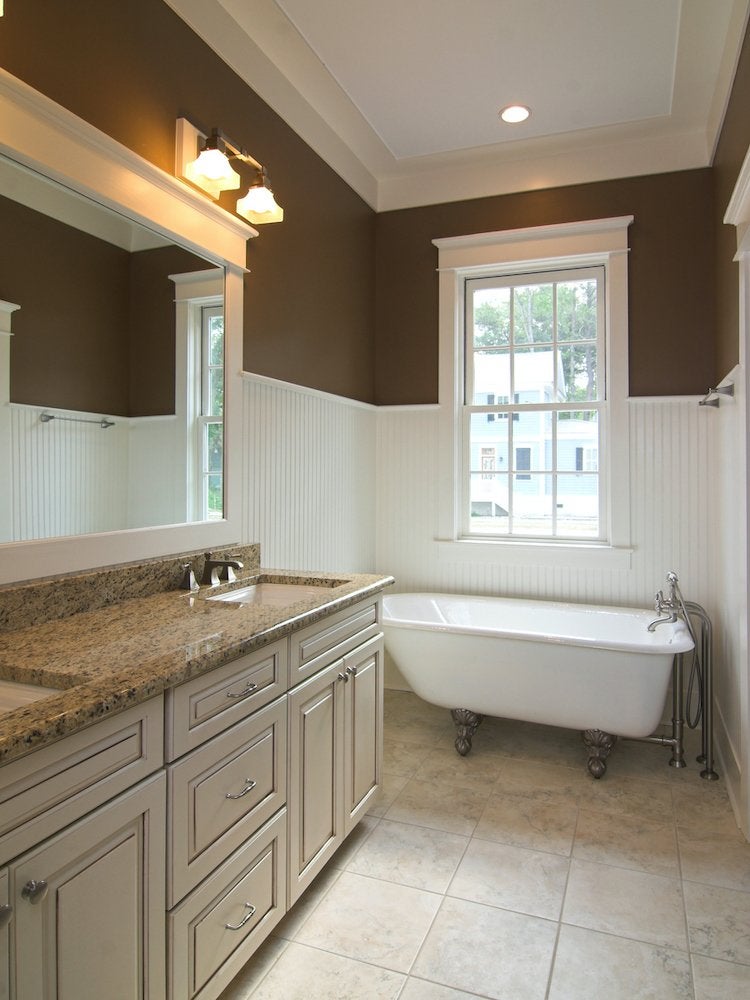
Using multiple styles of trim in a single room can add character and charm to a formerly drab space. Here, the white beadboard and chair rail brighten up the bathroom, and in combination with the ceiling trim creates the effect of taller ceilings and a brighter bathroom.
Too Much Can Be Just Enough
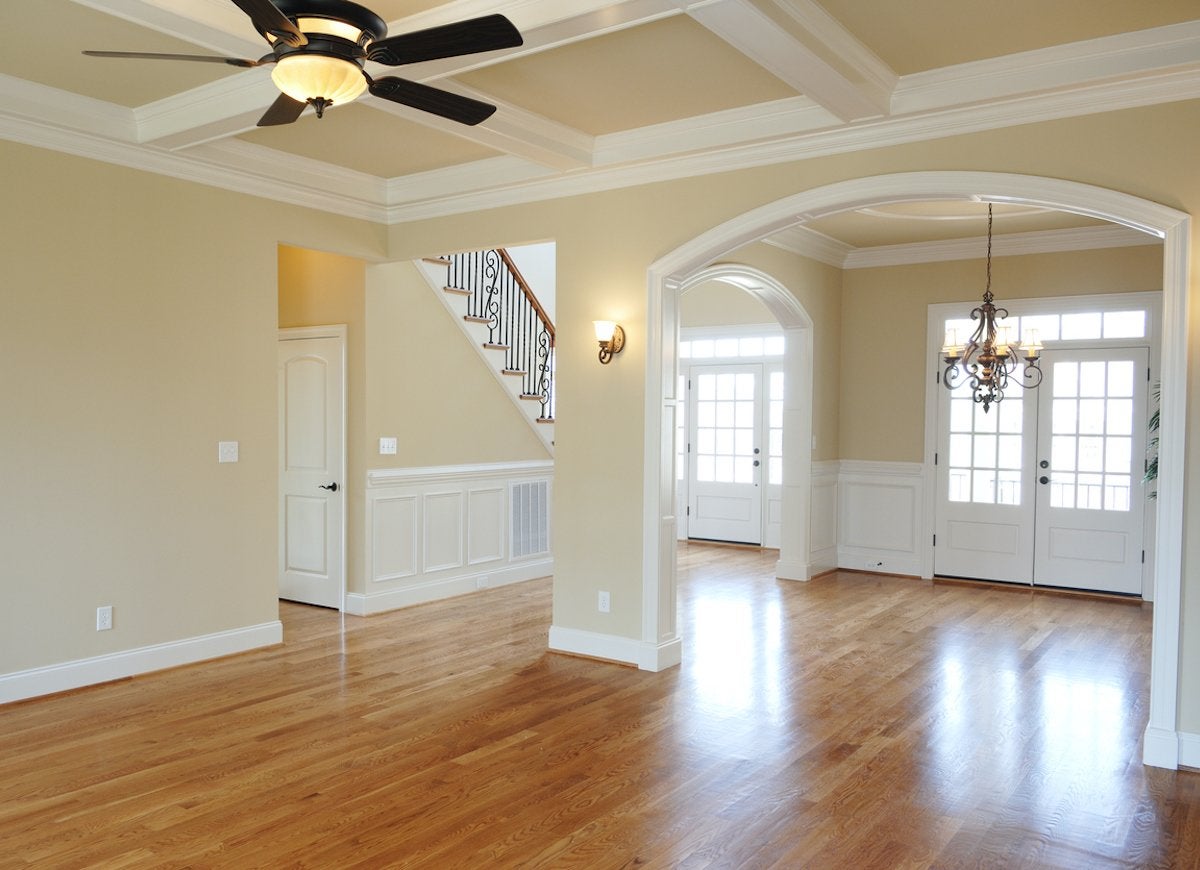
Plain trim can yield striking results when it is used generously. Here, molding not only frames the doorways and the base and top of the walls, but it also continues beyond, framing out beams and turning an ordinary ceiling into a real eye-catcher.
Lighten Up
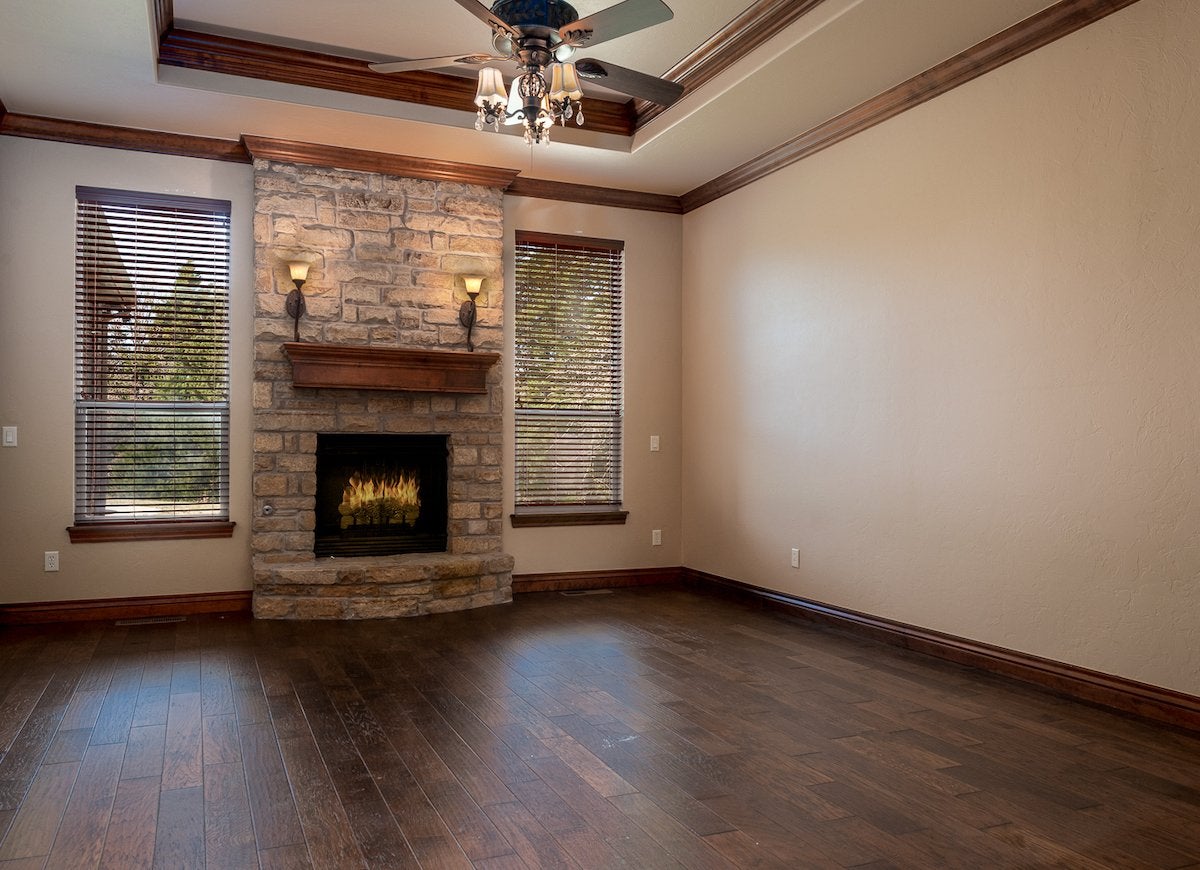
Flickr via Bill Wilson
Wood trim can create a stately, old-world look in any home, but it can wind up looking heavy. Stick to thin wood trim, like in this room, to add warmth without overwhelming the space. The trim also frames the tray ceiling—a quick and easy way to turn a dull expanse into a true highlight.
Trim It Thin
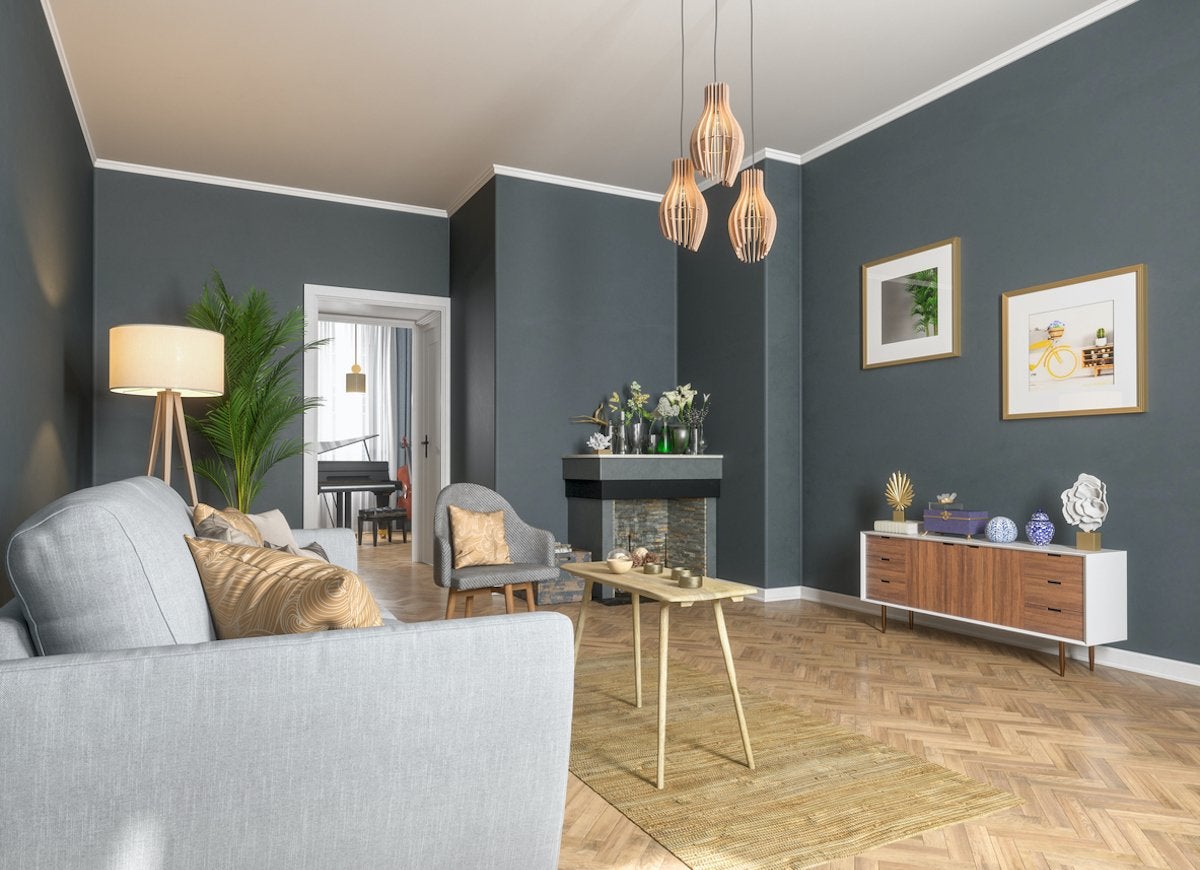
To create a clean, modern look, use thin trim along the baseboard and ceiling. Understated trim doesn’t steal space from the room, establishing instead an airy feel. Contrast the white trim by painting the ceiling off-white; this helps the walls feel taller.
Outside In
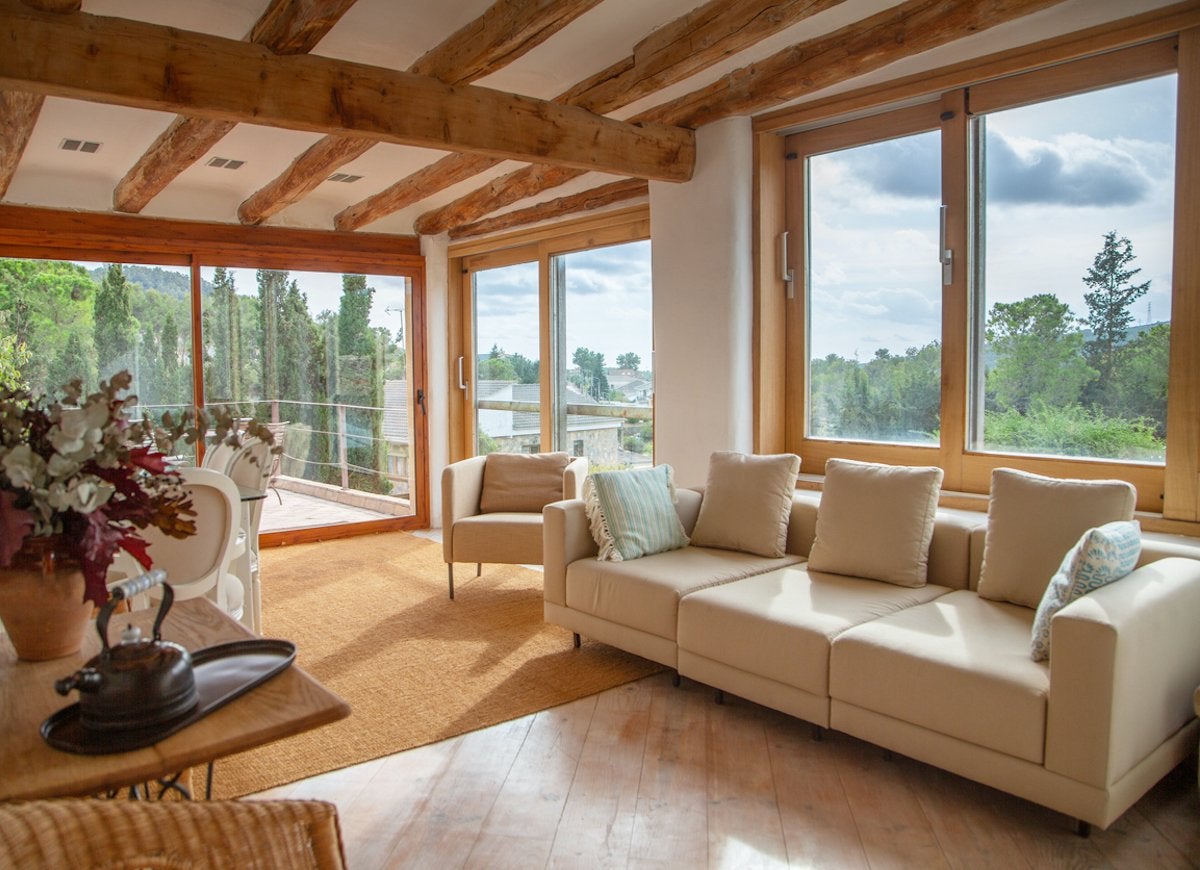
Trim doesn’t always have to be placed around windows—sometimes it can be put in them as well. If you have deep-set windows, consider trimming the insides of the frames with a material like this light wood to create a fresh, farmhouse-style feel.
Divide and Cozy Up
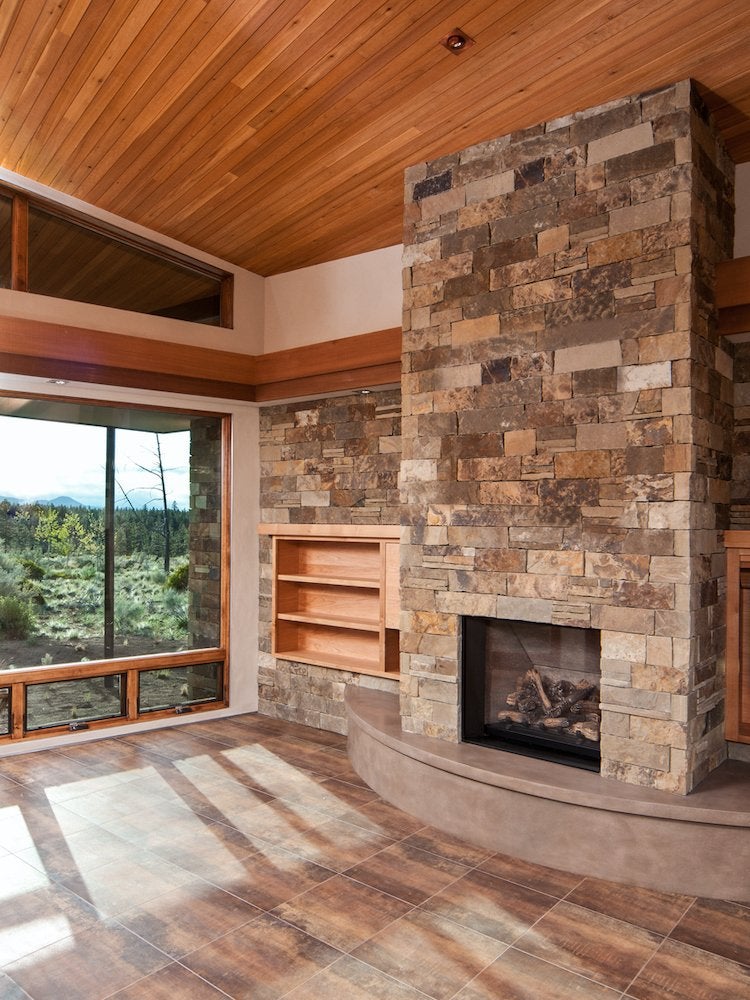
In large, vaulted interiors, running trim around the room at about the level of a typical ceiling can create the sense of a virtual ceiling. This circle of molding adds a cozy factor to a room that might otherwise feel too large and soaring.
Crowned Cabinets
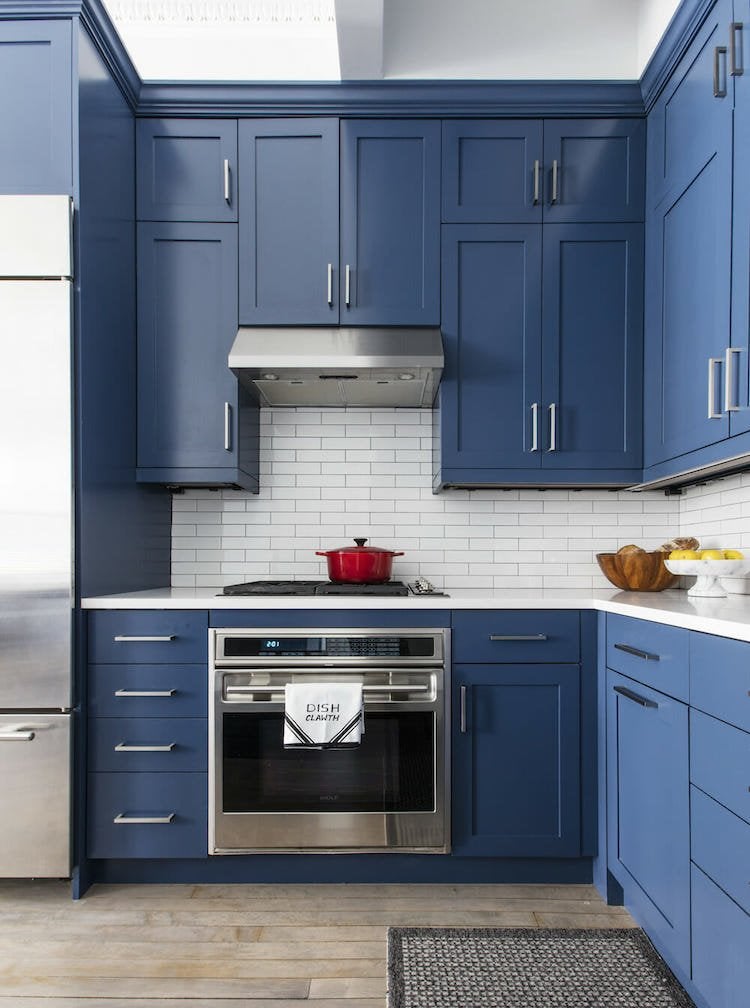
Molding doesn’t have to be attached only to doors, walls, and ceilings. It can also be used to add a sense of elegance—and height—to kitchen cabinets. Don’t be afraid to go bold—paint the mold the same color as your cabinets to make a real splash.
Picture Perfect
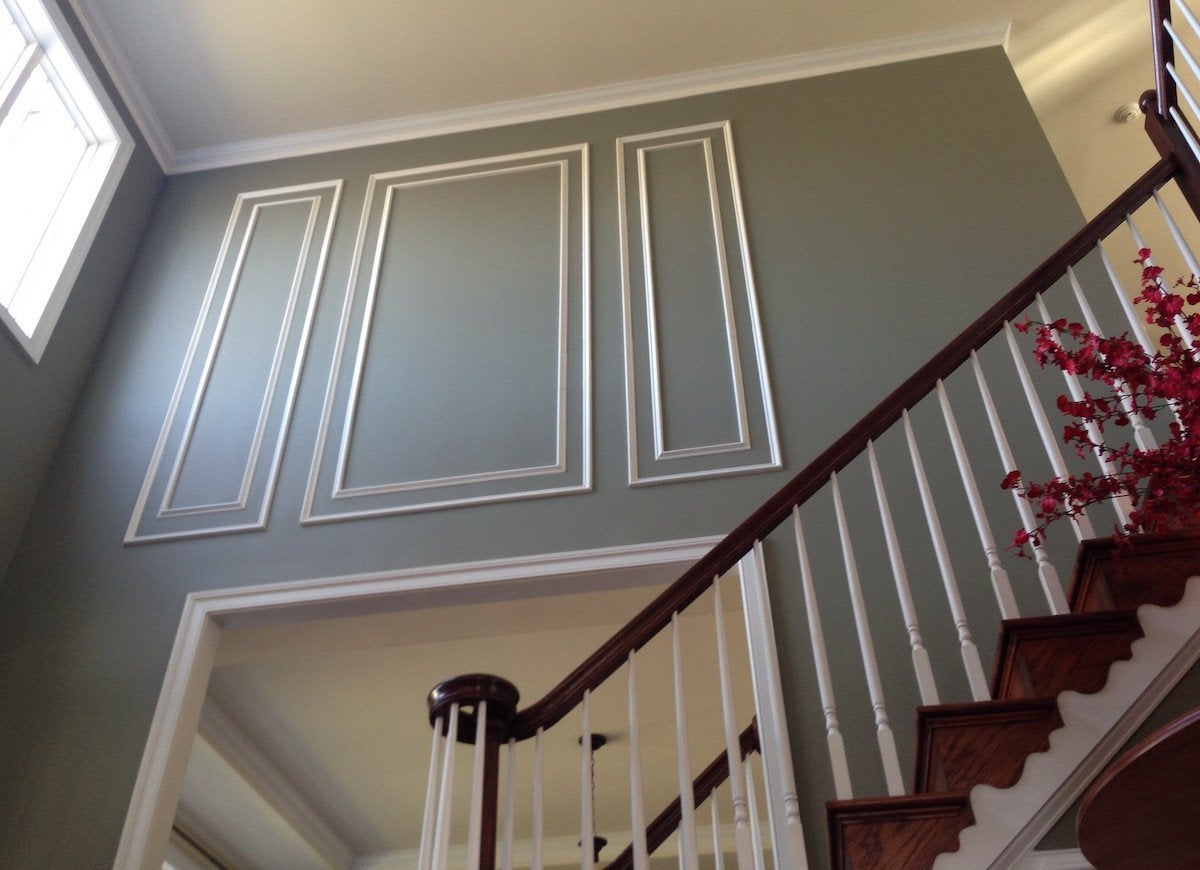
Flickr via The Finishing Company
Not only does the trim used here frame the archways, it also creates sophisticated panels on the walls. Using trim to construct a “picture frame” on the walls is a cheap and affordable way to jazz up any room.
